Spend a night at the renovated Villa Medici, ‘one of Rome’s greatest sleepover experiences’
Villa Medici is not a hotel; but if you can snag a room at what’s in fact the French Academy in Rome, you’re in for a design treat
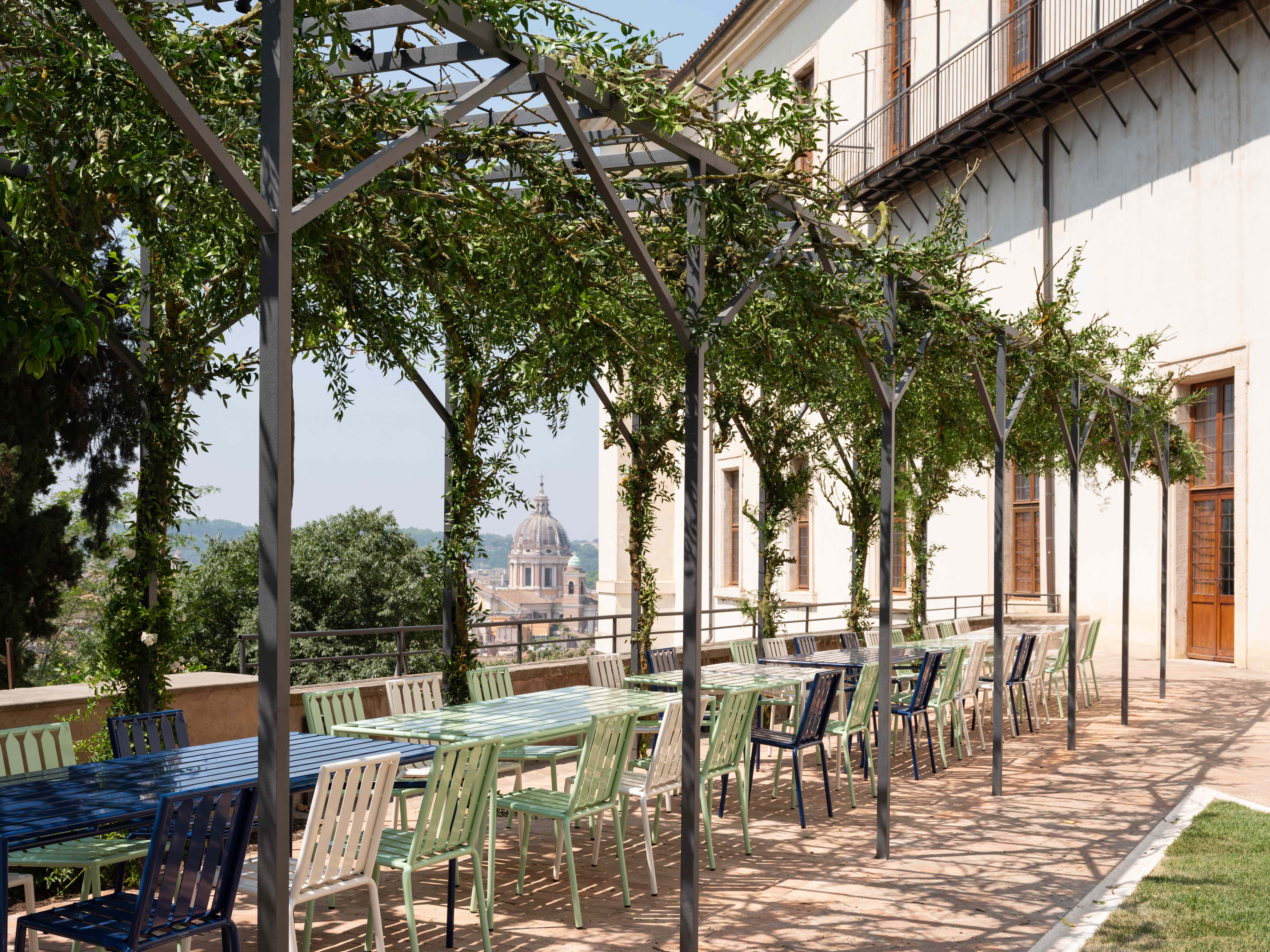
One of the best pieces of real estate in Rome actually belongs to France. The Villa Medici, a Renaissance villa, sits in the heart of the Italian capital, high up on Mount Pincio, with seven hectares of gardens and commanding views of the city. In 1803, after acquiring the villa, Napoleon Bonaparte made it the new home of the French Academy in Rome. Since then, it has welcomed a long series of French artists-in-residence, including Ingres, Fragonard and Debussy. In 2009, the Villa Medici began allowing the general public to spend a night or more in its guest rooms. Six of these rooms have now been completely renovated, boosting the appeal of one of the greatest sleepover experiences in the Eternal City.

‘Camera Fantasia’ by Studio GGSV (Gaëlle Gabillet and Stéphane Villard) with Matthieu Lemarié et Paper Factor (Riccardo Cavaciocchi)
The instigator of this revamp is Sam Stourdzé, who arrived here as director in 2020 (and has since commissioned a series of interior ‘re-enchantments’ at the property, including one by India Mahdavi). ‘The building is an absolute beauty, but the furnishings were lacking,’ he says. ‘Whenever somebody came to visit, they'd go directly to the window and admire the view.’ Part of the Academy's mission is to be a place for research, and a showcase for French arts and craft, so he says it was key to ‘reactualise its appearance, bringing it firmly into the 21st century’.
He launched the villa's most ambitious makeover since the French artist Balthus, who served as director from 1961-1977, and redid the gorgeous patina on the walls. The six rooms (in fact, seven, as one is still under construction) and two gardens are the second phase of a planned three-stage renovation.
An open competition was held for teams of architects and designers. The winners brought along 38 other arts and crafts professionals – an entire ecosystem of master glassworkers, cabinetmakers, decorative painters, enamelists and more.
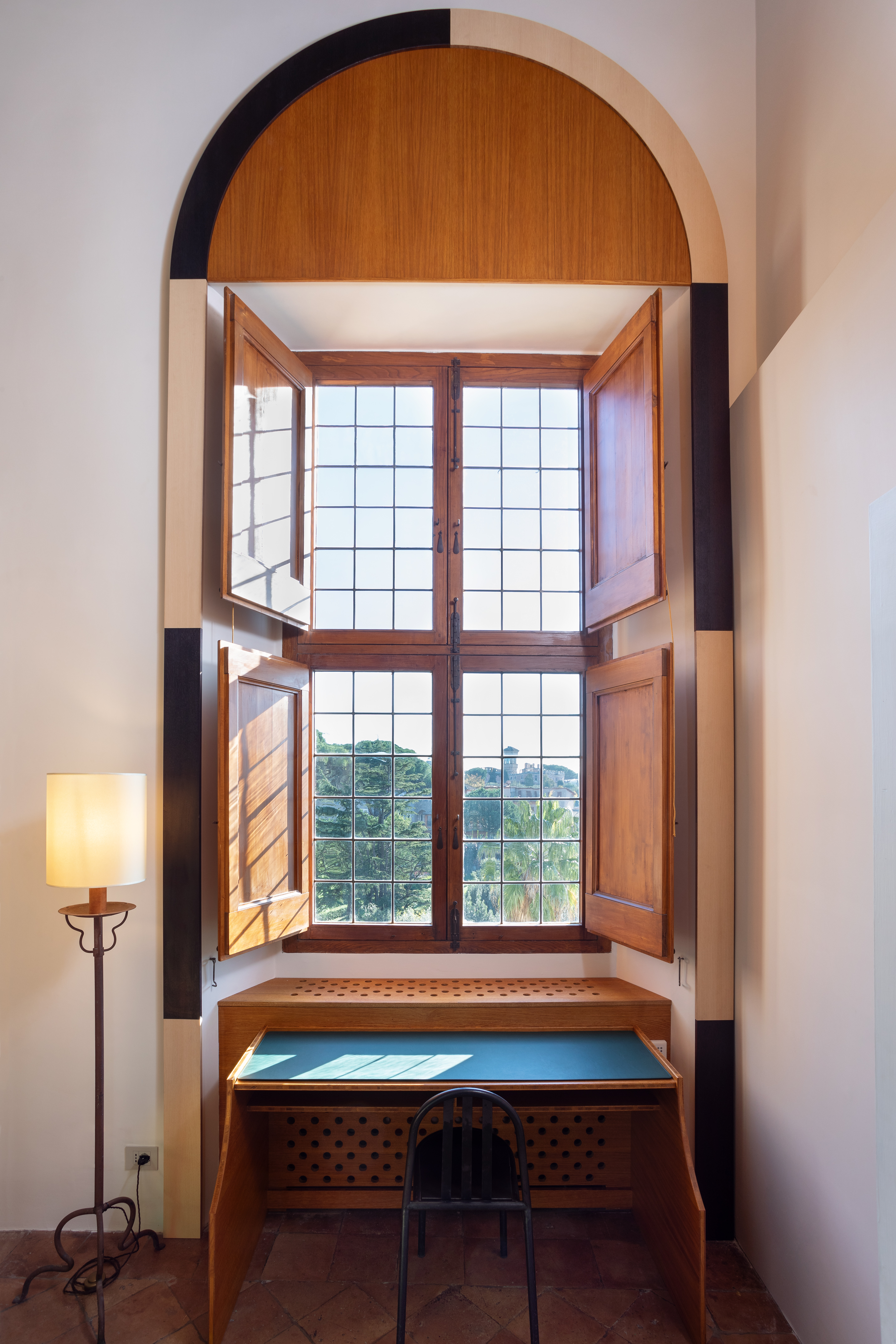
Studiolo by Léa Padovani et Sébastien Kieffer with Atelier Veneer (Romain Boulais et Félix Levêque)
The rooms all measure around 45 sq m, with herringbone brick floors, a double-height coffered wooden ceiling, and a mezzanine reached by a spiral staircase. All but one is linked by an elevated walkway, with windows offering an expansive view of Rome on one side and the gardens on the other. Once similar, now each room is totally unique.
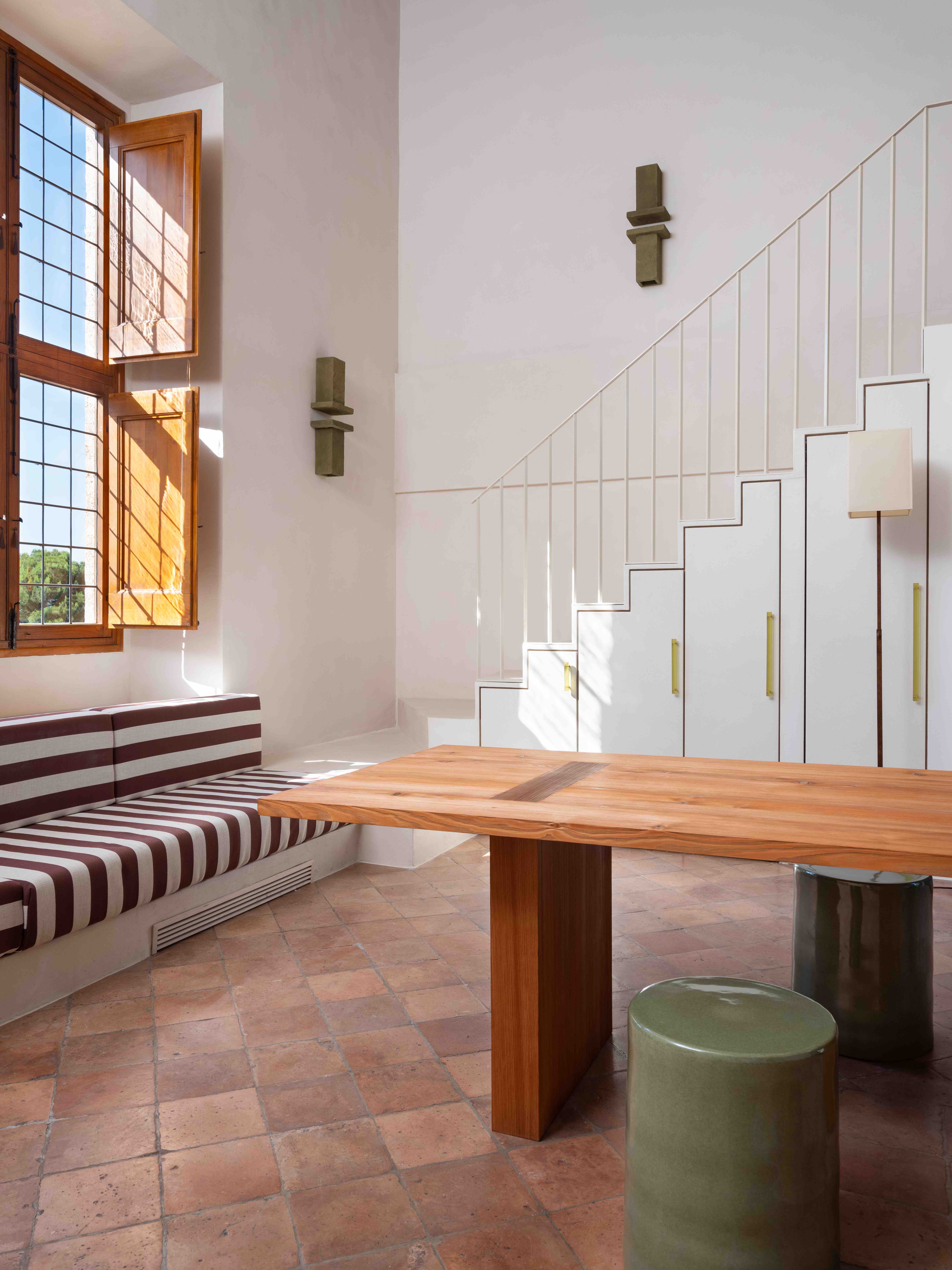
‘Isola’ by Sabourin Costes (Zoé Costes and Paola Sabourin) with Estampille 52 (Fantin Mayer-Peraldi et Paul Mazet)
The design duo Sabourin Costes redesigned the largest one, naming it ‘Isola’, an island for contemplation and creation. They opened up the space, tore down walls and removed the spiral staircase, for a clean overall effect, emphasising the stunning vistas outside. The central element is a large table made of dense ‘mélèze’ wood, perfect for writing, drawing, eating or sharing ideas.
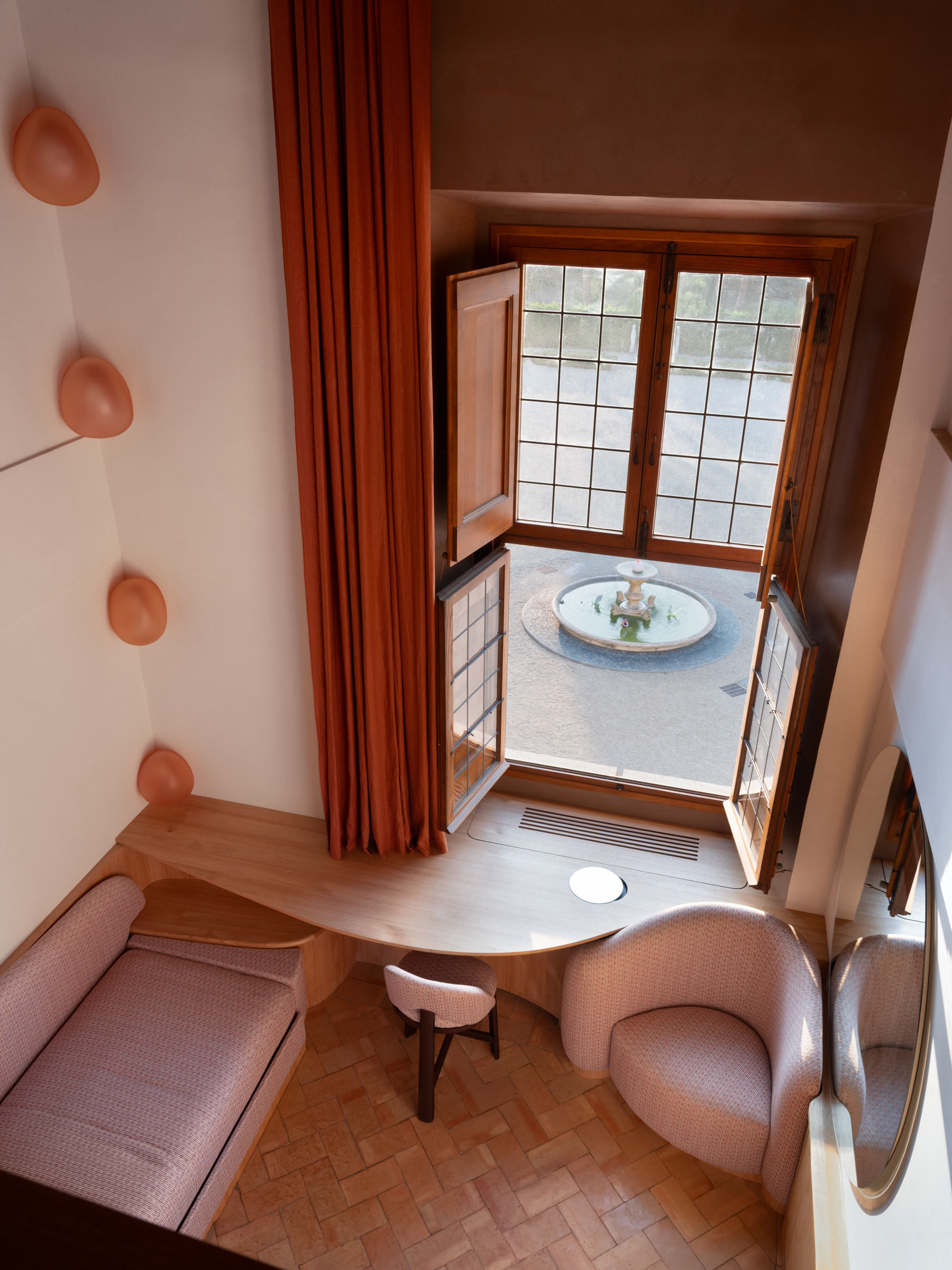
‘Stratus Surprisus’ by Constance Guisset Studio with Signature Murale (Pierre Gouazé) & Arcam Glass (Simon Muller)
The smallest room, ‘Stratus Surprisus’, was realised by Constance Guisset to be cosy, embracing and full of surprises. The walls, by a decorative plaster designer, are an homage to Balthus, coated with a mix of marble powder and plaster, in colours of pale blue, chestnut and mocha, and a play of matte and brilliance. In one corner, five blown glass ‘stones’ provide soft lighting while referencing the Medici coat of arms.
Receive our daily digest of inspiration, escapism and design stories from around the world direct to your inbox.
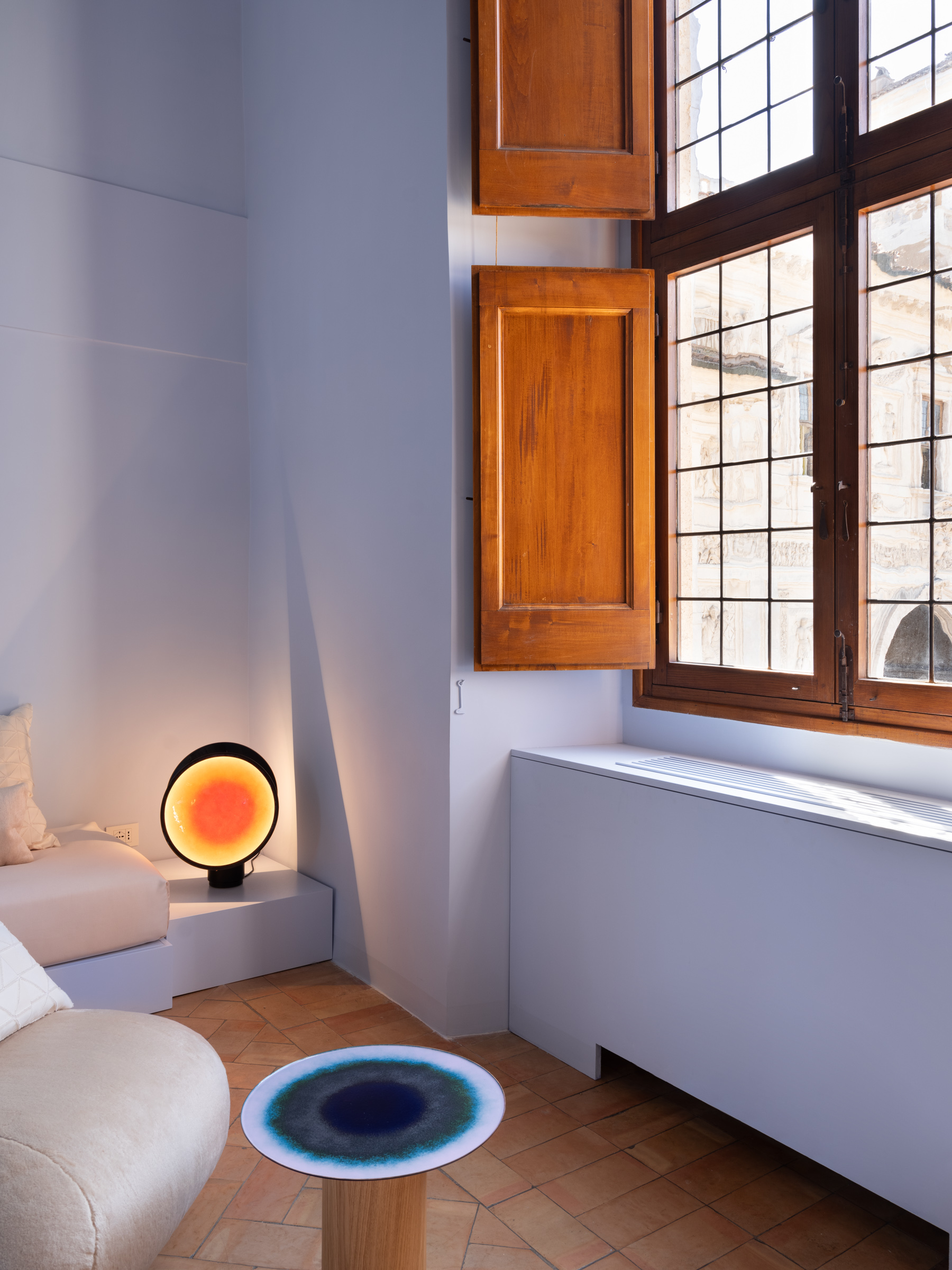
‘Il cielo in una stanza’ by Studio Zanellato/Bortotto (Giorgia Zanellato and Daniele Bortotto) with Incalmi (Patrizia Mian et Gianluca Zanella)
The room named ‘Il cielo in una stanza’ is a walk through Rome by Italian designers Studio Zanellato/Bortotto, who worked with ‘grand feu’ enamellers. Fire-glazed copper tiles on the wall behind the spiral staircase are green like the pines outside. Fireclay bricks form a handrail and balustrade in a semi-open pattern like a brise-soleil. On the kitchen wall, travertine alternates with cement in a pattern reminiscent of ancient Roman masonry techniques.

‘Camera Fantasia’ by Studio GGSV (Gaëlle Gabillet and Stéphane Villard) with Matthieu Lemarié et Paper Factor (Riccardo Cavaciocchi)
‘Camera Fantasia’ is a riot of perspectives by Gaëlle Gabillet and Stéphane Villard of Studio GGSV. They brought in an Italian specialist in micro-paper pulp who coated the kitchen walls in a swirling black-and-white pattern like stone, while a decorative painter covered the other walls in dreamy cloud-like forms. The result is both remarkable and sustainable. ‘Two kilos of paint and eight kilos of paper pulp allowed us to create a practically virtual architecture,’ says Villard.
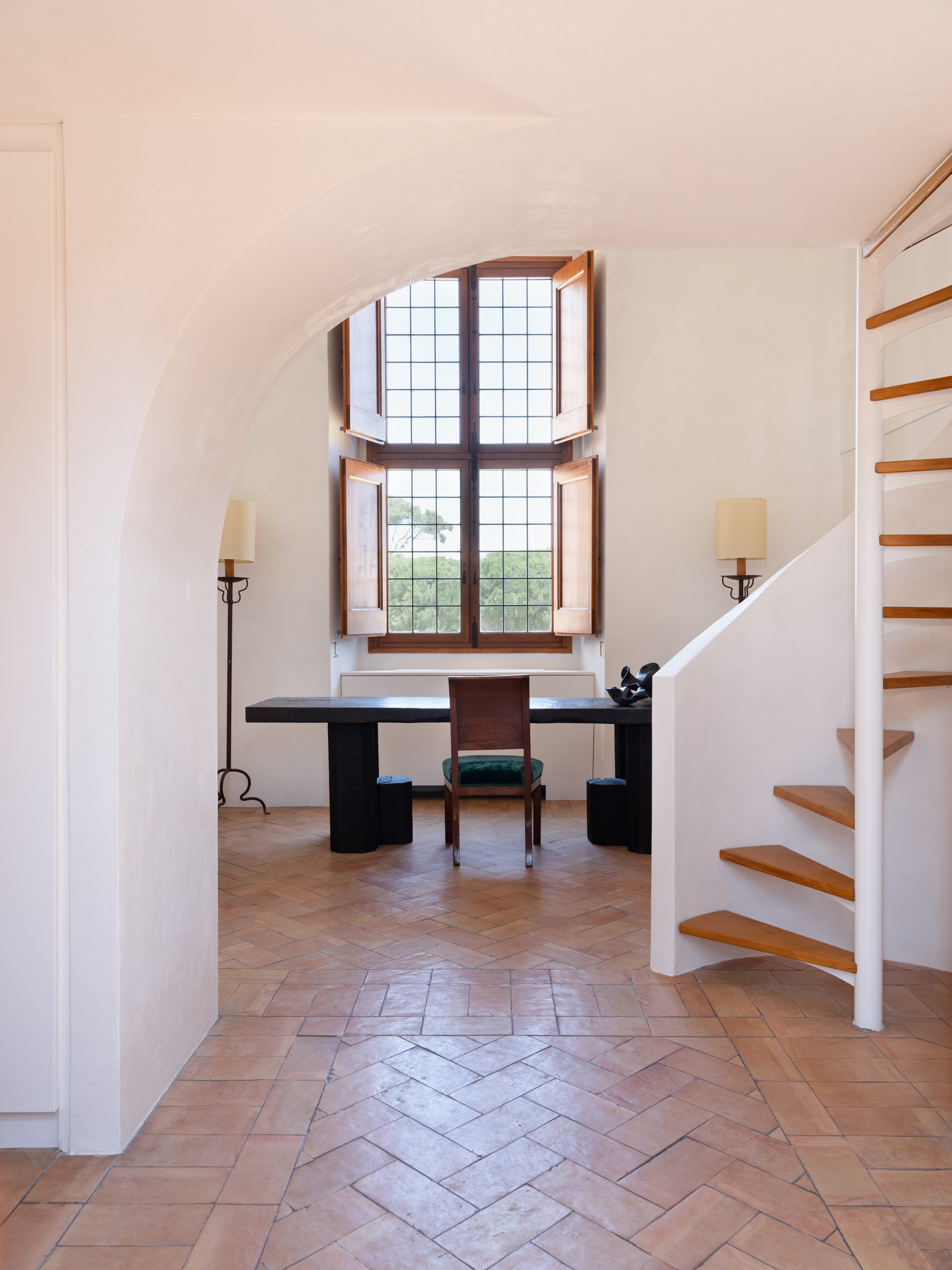
‘Pars Pro Toto’ by Eliane Le Roux (Rocas) et Miza Mucciarelli (Atelier Misto) avec Claudio Gottardi
‘Pars pro toto’, by architects Eliane Le Roux and Miza Mucciarelli, is a microarchitecture of curves and arches inspired by the Villa Medici, of which one ornamental façade is visible outside the window. The walls are treated with a velvety ‘Malta Antica’ mortar traditionally used in historical palaces. One particularly enchanting detail is an antique chest of drawers with three missing knobs replaced by stones from the property cast in bronze.

Studiolo by Léa Padovani et Sébastien Kieffer with Atelier Veneer (Romain Boulais et Félix Levêque)
The room called ‘Studiolo’, by designers Sébastien Kieffer and Léa Padovani, is separate from the others, and the only room with a single window. Its decor is inspired by Antonello da Massina's 1475 painting Saint Jerome in His Study, with a two-storey wooden structure and arched cut-outs evocative of a church organ. With the kitchen walls painted a vivid green, the room creates the surreal sense that you might indeed be in a painting.
There’s nothing like an evening alone in the magical gardens with a bottle of Barolo and all of Rome spread at your feet
Pricewise, the six rooms are surprisingly reasonable, starting at €280 per night. The catch is in snagging a reservation, as priority is given to the Villa Medici's cultural collaborators. Start two months or more in advance, write an email, make a call, and hope to get lucky on an empty night. August is your best bet, when no exhibitions are underway.
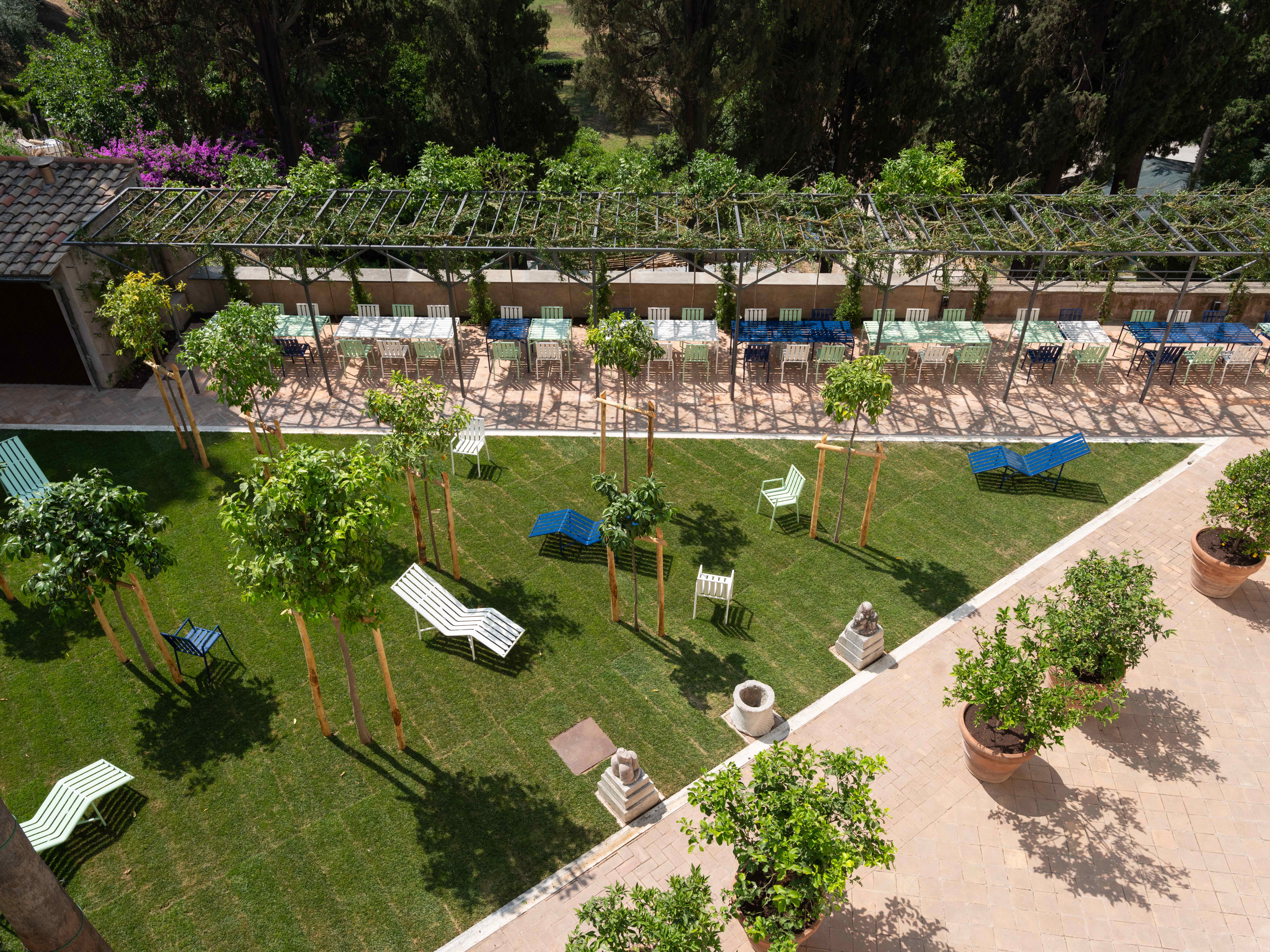
The lemon garden, by Bas Smets, in collaboration with Pierre-Antoine Gatier. ‘Cosimo de’ Medici’ furniture designed by Muller Van Severen and edited by Tectona for the lemon garden at Villa Médici
Know that this is not a hotel experience – there's no reception desk, no room service, no elevators (it's definitely not accessible). That said, there’s nothing like an evening alone in the magical gardens with a bottle of Barolo and all of Rome spread at your feet. If you want a glimpse of life as a Renaissance cardinal, this is just the ticket.

Villa Medici
Amy Serafin, Wallpaper’s Paris editor, has 20 years of experience as a journalist and editor in print, online, television, and radio. She is editor in chief of Impact Journalism Day, and Solutions & Co, and former editor in chief of Where Paris. She has covered culture and the arts for The New York Times and National Public Radio, business and technology for Fortune and SmartPlanet, art, architecture and design for Wallpaper*, food and fashion for the Associated Press, and has also written about humanitarian issues for international organisations.
-
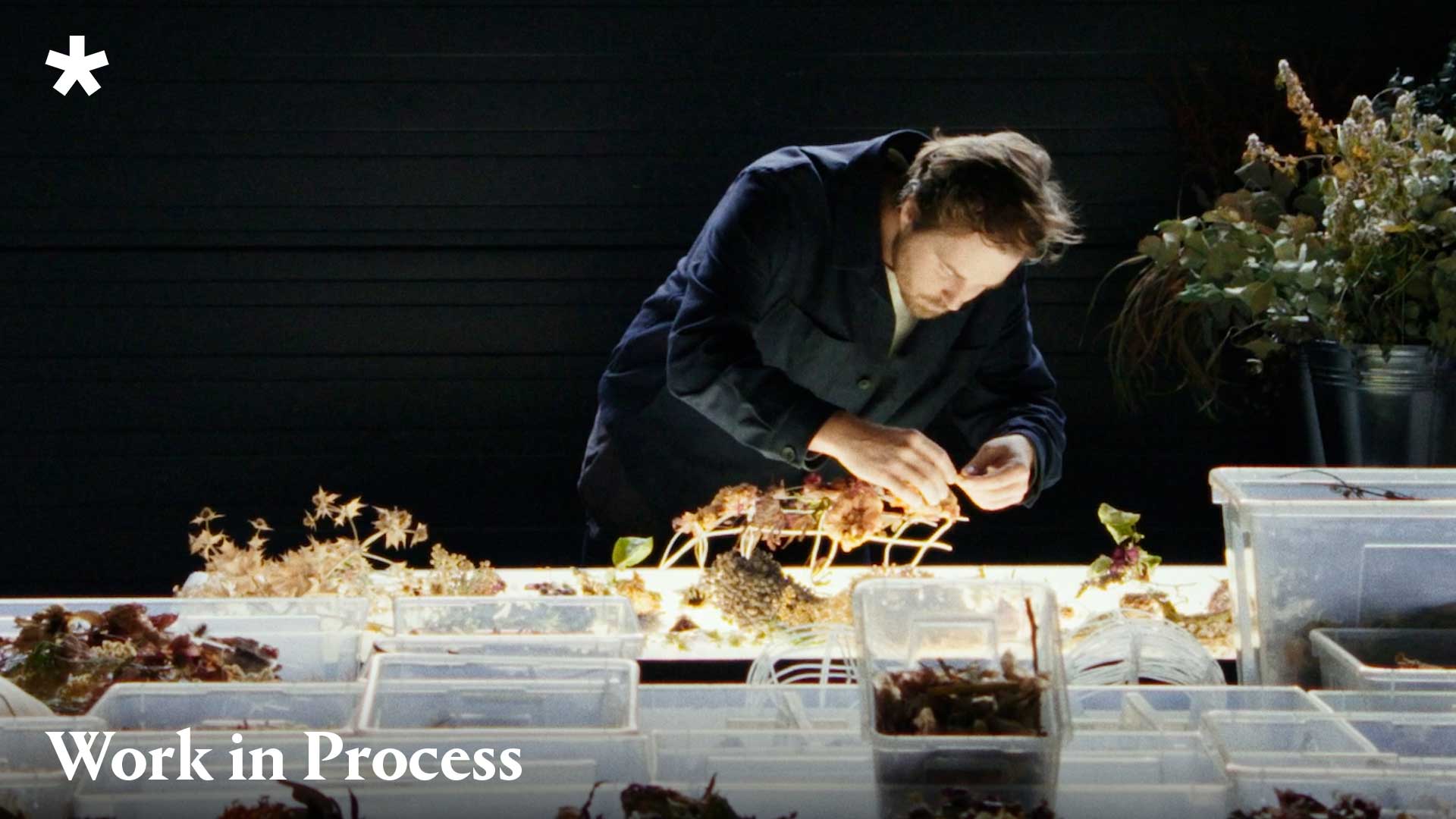 Work in Process, episode three: in the studio with botanical designer-artist Marcin Rusak
Work in Process, episode three: in the studio with botanical designer-artist Marcin RusakIn this video series, Wallpaper* discovers the processes by which creative visionaries bring their work to life. Here, we head to the outskirts of Warsaw, where Rusak turns plant matter into stunning designs
-
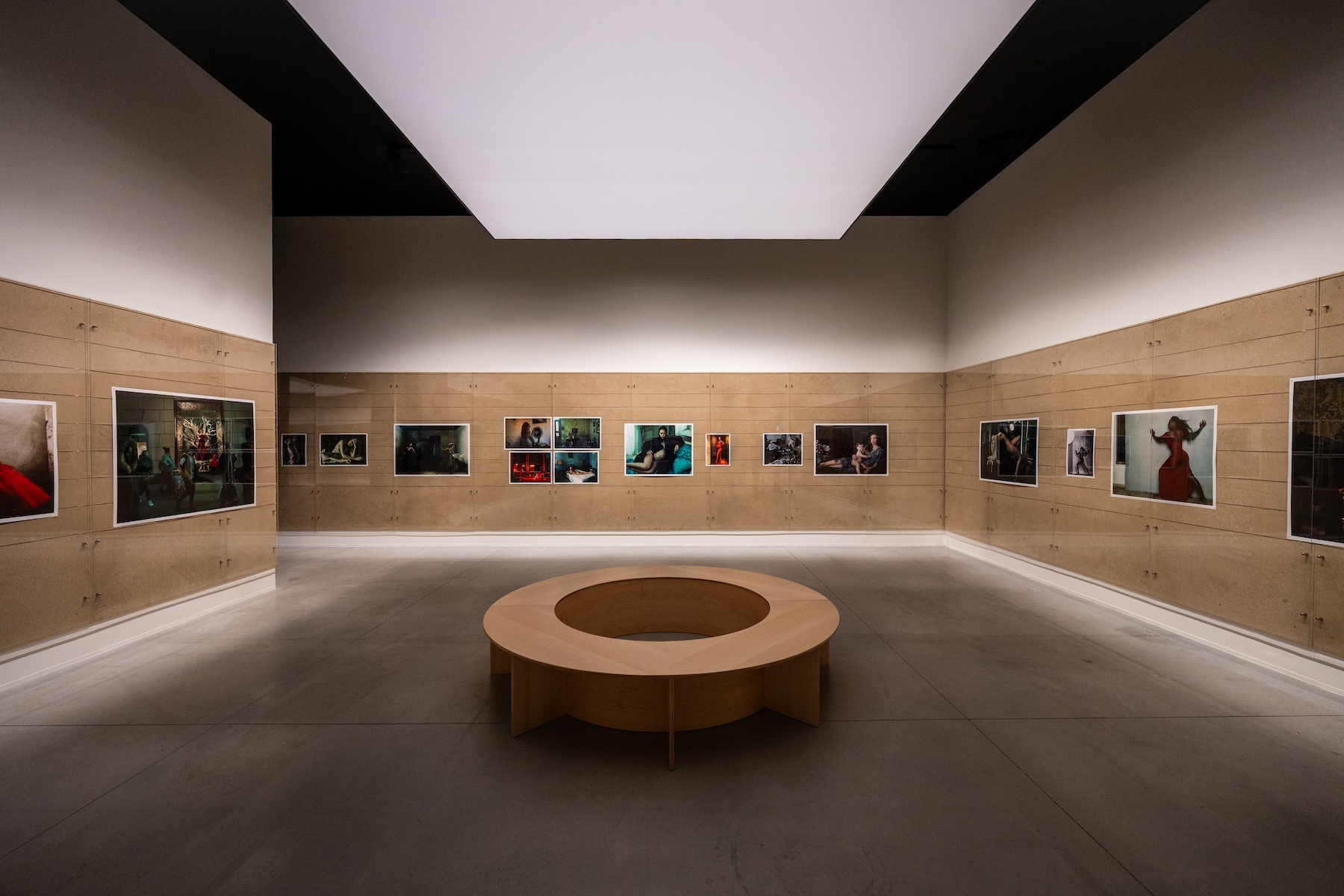 In A Coruña, a new exhibition celebrates the ‘grandeur and beauty’ of Annie Leibovitz’s photography
In A Coruña, a new exhibition celebrates the ‘grandeur and beauty’ of Annie Leibovitz’s photographyHosted by the Marta Ortega Pérez (MOP) Foundation, ‘Wonderland’ traverses the American photographer’s extraordinary oeuvre, from her raw early work for Rolling Stone towards her fantastical fashion photography – much of which has not been previously on display
-
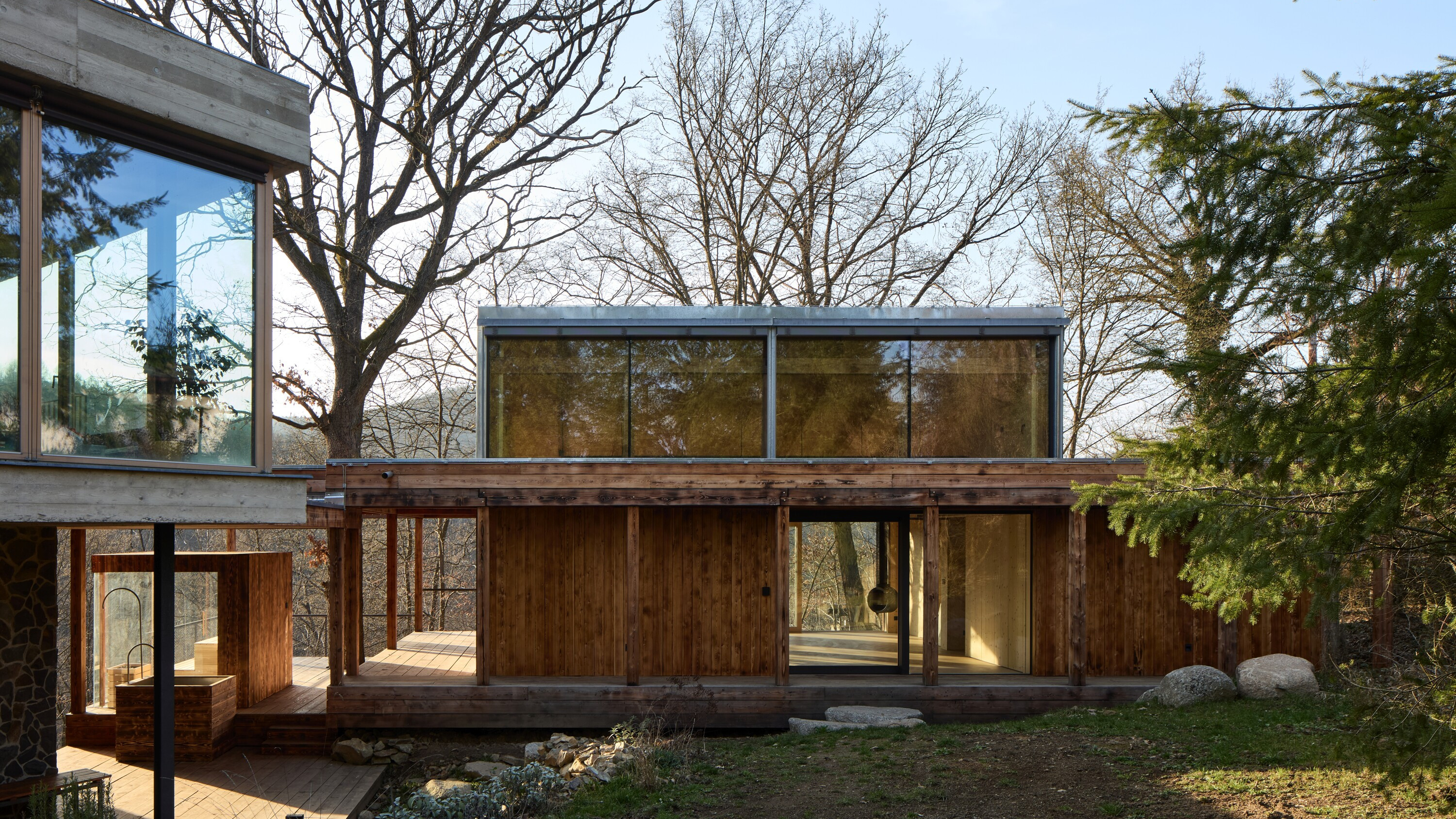 A new timber studio in the Czech Republic is carefully integrated into its hillside site
A new timber studio in the Czech Republic is carefully integrated into its hillside sitePäivä Architekti’s Czech Studio Above the Golden Canyon takes advantage of impressive views
-
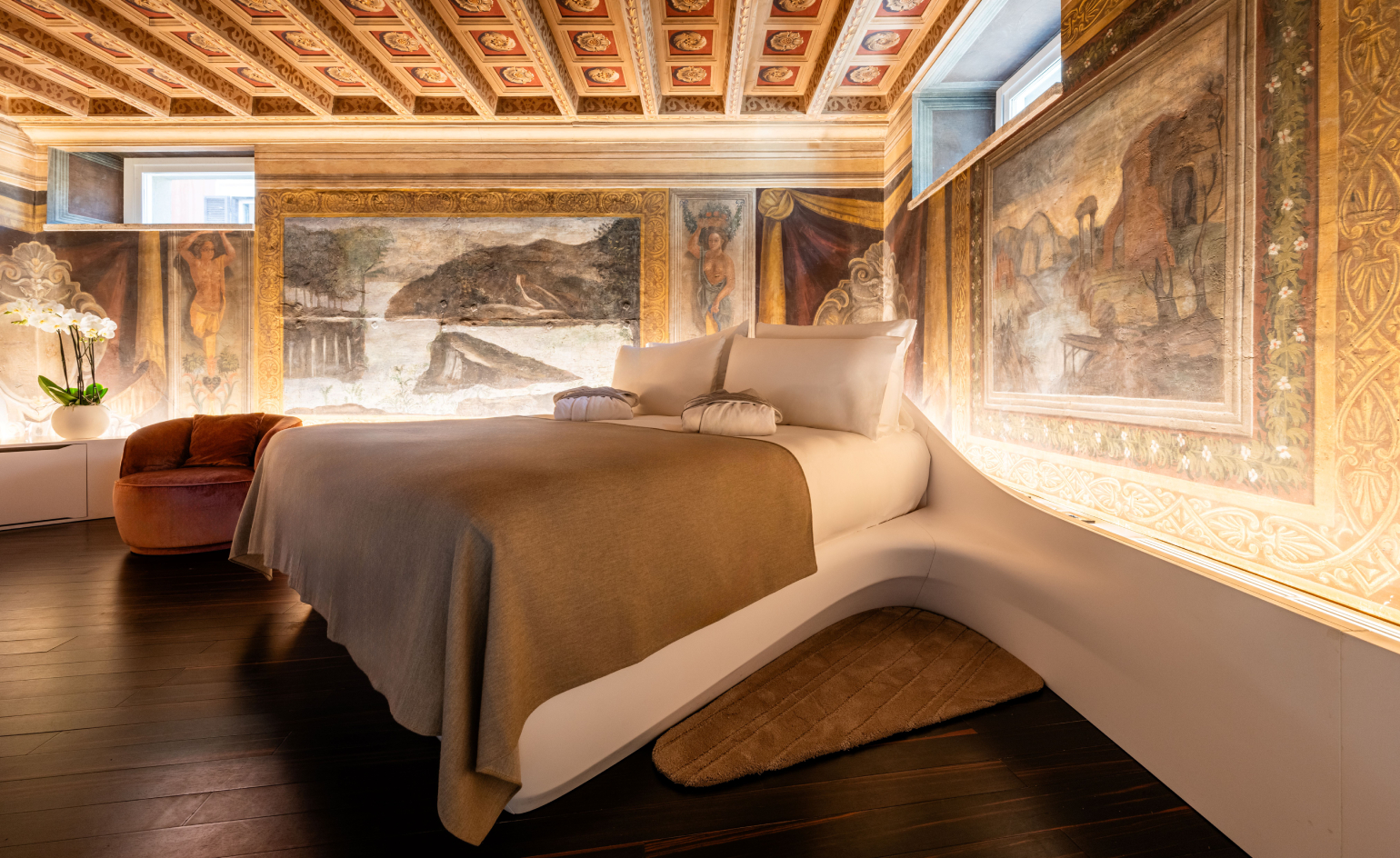 Wallpaper* checks in at Romeo Roma: a new hotel that’s one of Zaha Hadid’s last projects
Wallpaper* checks in at Romeo Roma: a new hotel that’s one of Zaha Hadid’s last projectsLocated within Rome’s Tridente, Romeo Roma is a palimpsest of periods in which the late Iraqi-British architect Zaha Hadid left her avant-garde mark
-
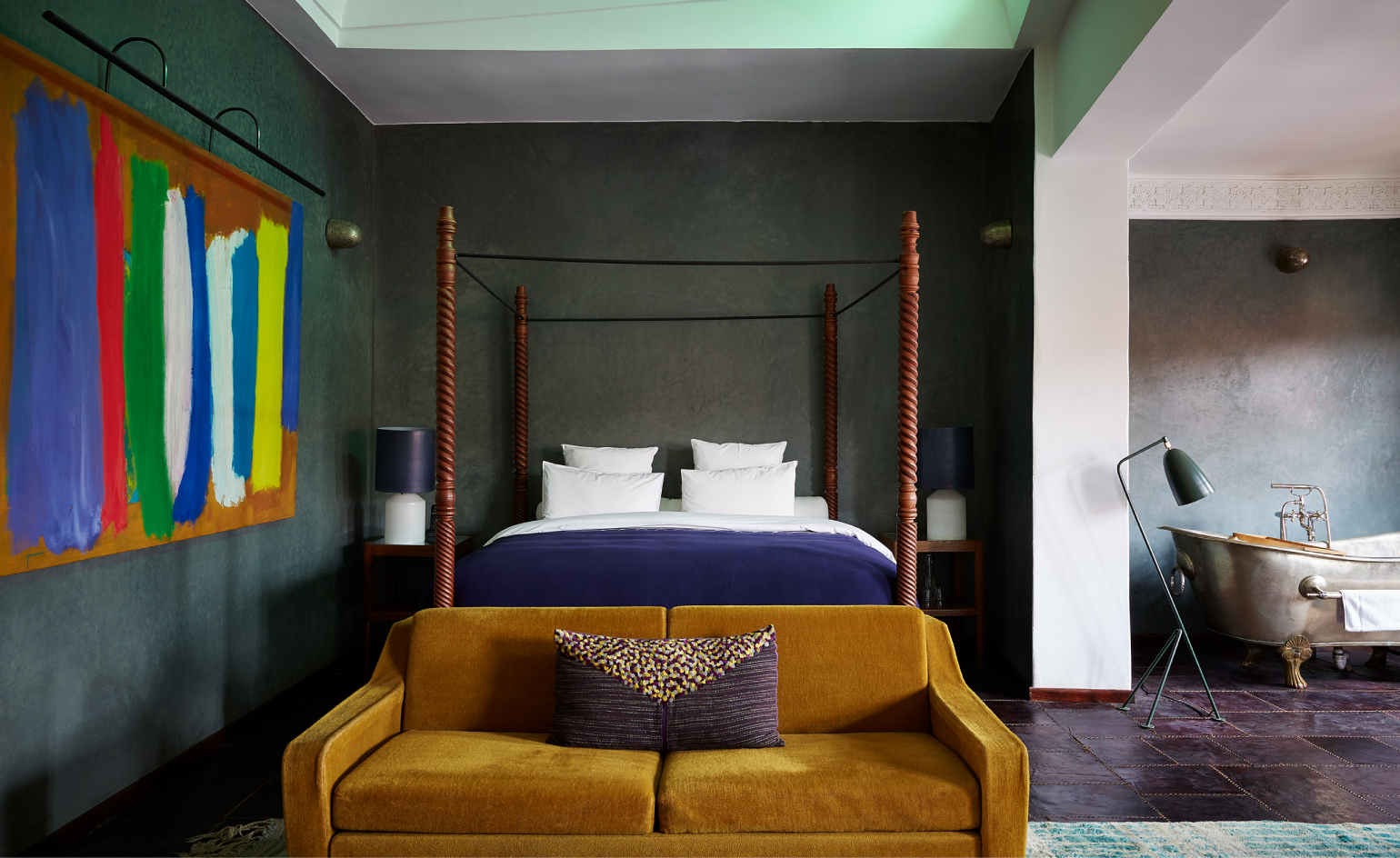 Night at the museum: the best art hotels to book now
Night at the museum: the best art hotels to book nowSleep amid surrealists at London’s Broadwick Soho, or wake up to contemporary favourites at New Hotel in Athens – indulge in an immersive art hotel experience
-
 2025 getaways: where Wallpaper* editors will be travelling to this year
2025 getaways: where Wallpaper* editors will be travelling to this yearFrom the Japanese art islands of Naoshima and Teshima to the Malaysian tropical paradise of Langkawi, here’s where Wallpaper* editors plan to travel to in 2025
-
 Experience Cardo Roma, the contemporary Roman holiday you didn’t know you needed
Experience Cardo Roma, the contemporary Roman holiday you didn’t know you neededCardo Roma, the inaugural property of Cardo Hotels, part of Marriott Bonvoy’s Autograph Collection, caters to those seeking to merge business and pleasure
-
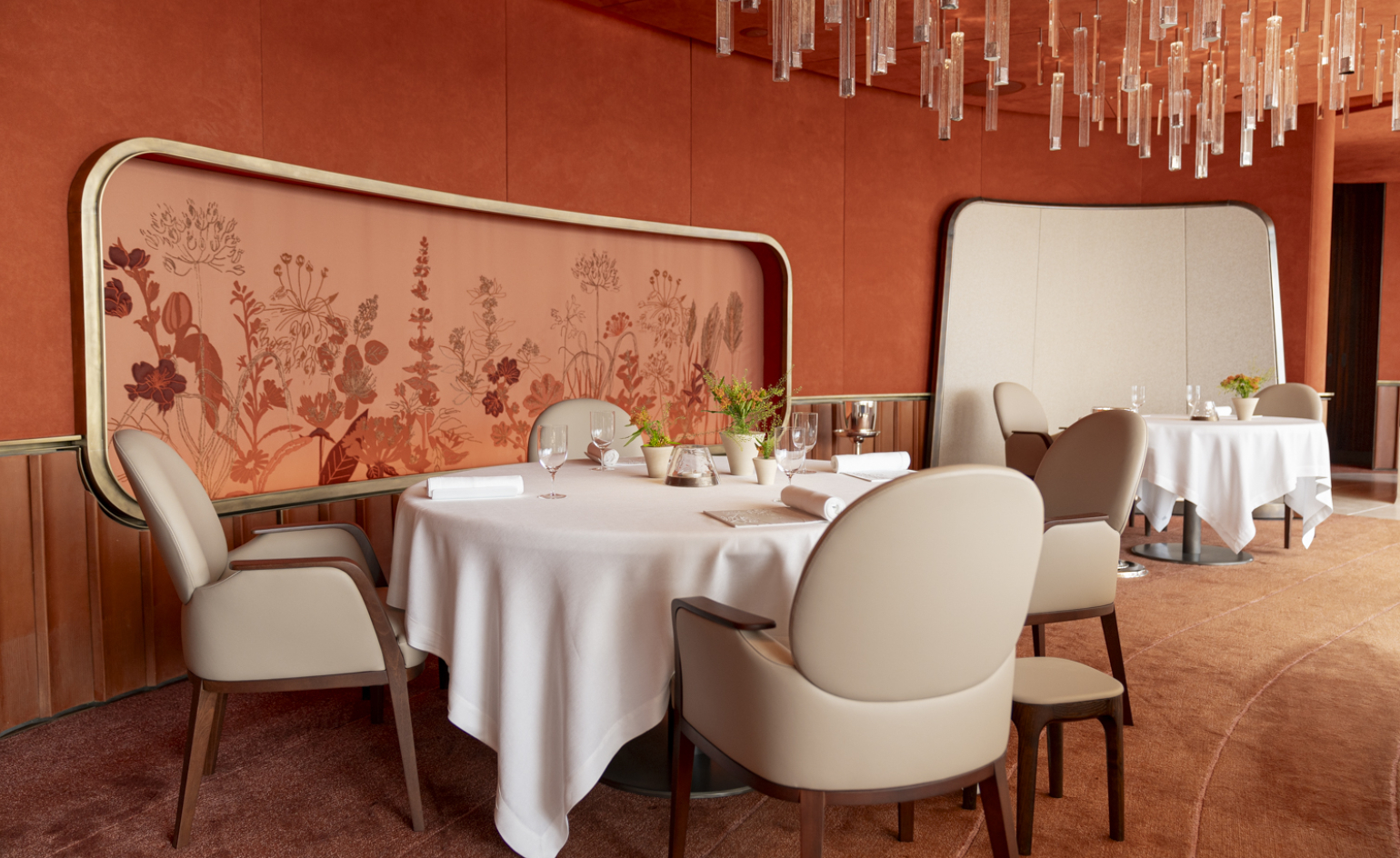 La Pergola, one of Rome’s most coveted reservations, gets a sumptuous renovation
La Pergola, one of Rome’s most coveted reservations, gets a sumptuous renovationJouin Manku re-envisions La Pergola, the acclaimed restaurant atop Rome Cavalieri, A Waldorf Astoria Hotel
-
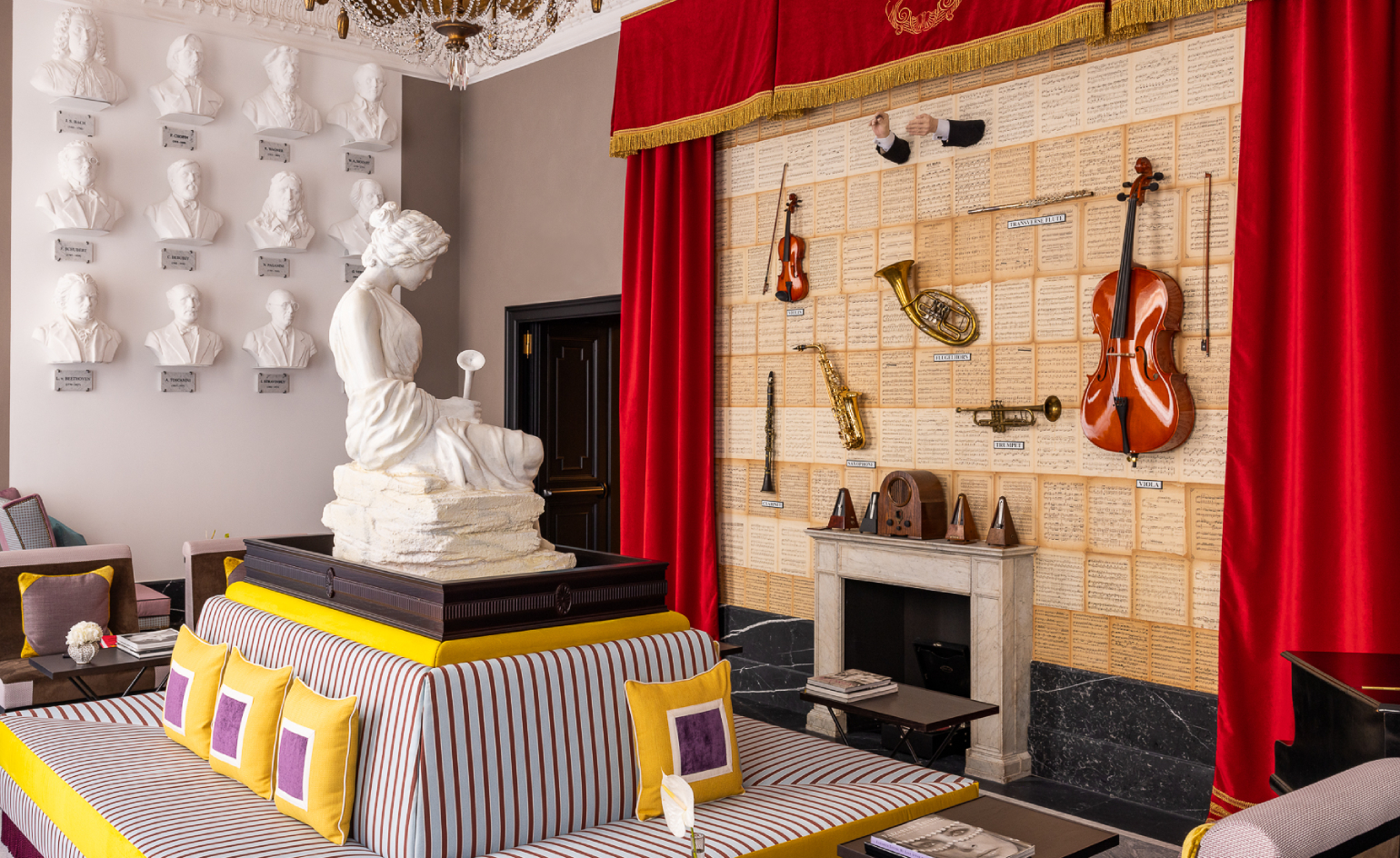 Palazzo Roma embodies the heritage of Roman noblesse
Palazzo Roma embodies the heritage of Roman noblessePalazzo Roma, part of the Shedir Collection, boasts eclectic and eccentric interiors by Giampiero Panepinto
-
 Cesare Cunaccia's ‘Dolce Vita’ book captures Italy’s infinite passion for life
Cesare Cunaccia's ‘Dolce Vita’ book captures Italy’s infinite passion for lifeExperience the dolce vita lifestyle through Assouline’s newly published title
-
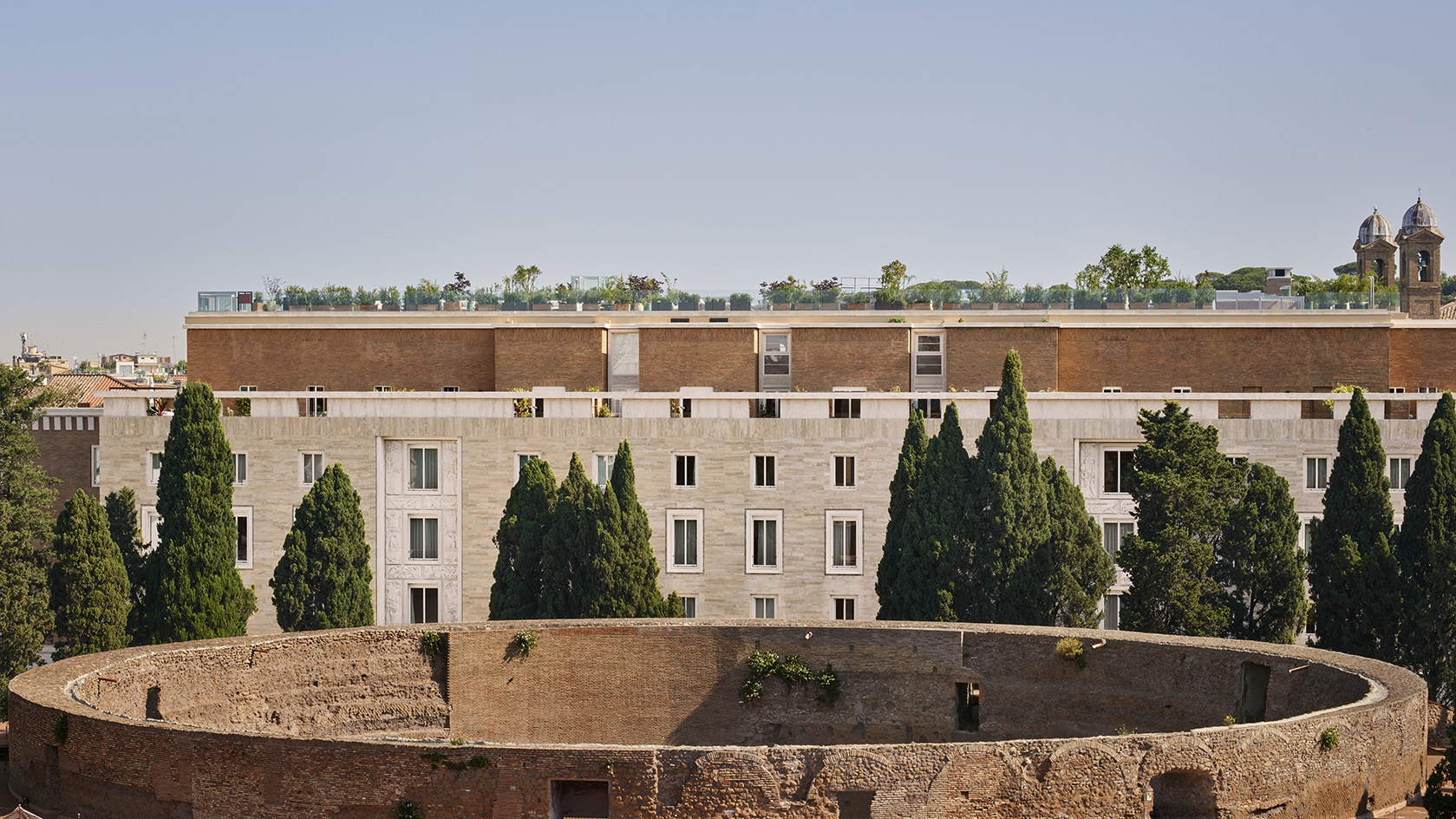 Bulgari Hotel Roma has arrived, wrapped in luxury
Bulgari Hotel Roma has arrived, wrapped in luxuryBulgari Hotel Roma sets a new standard in luxury hospitality in the Eternal City